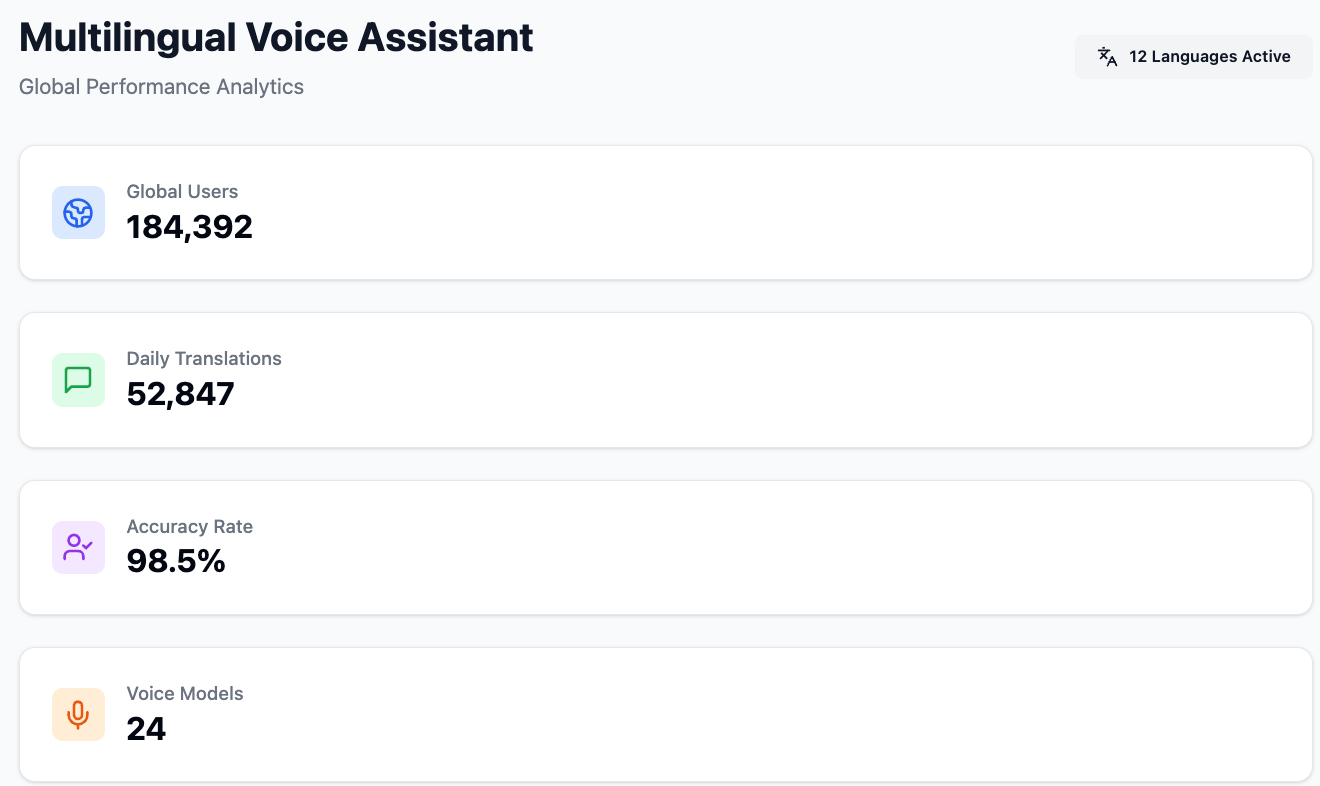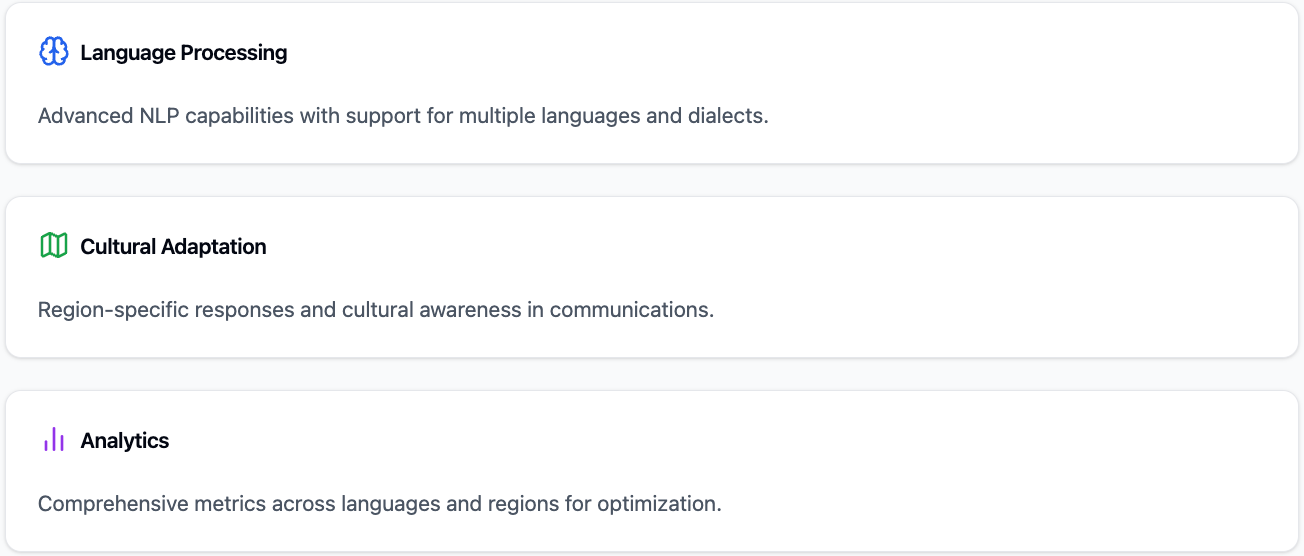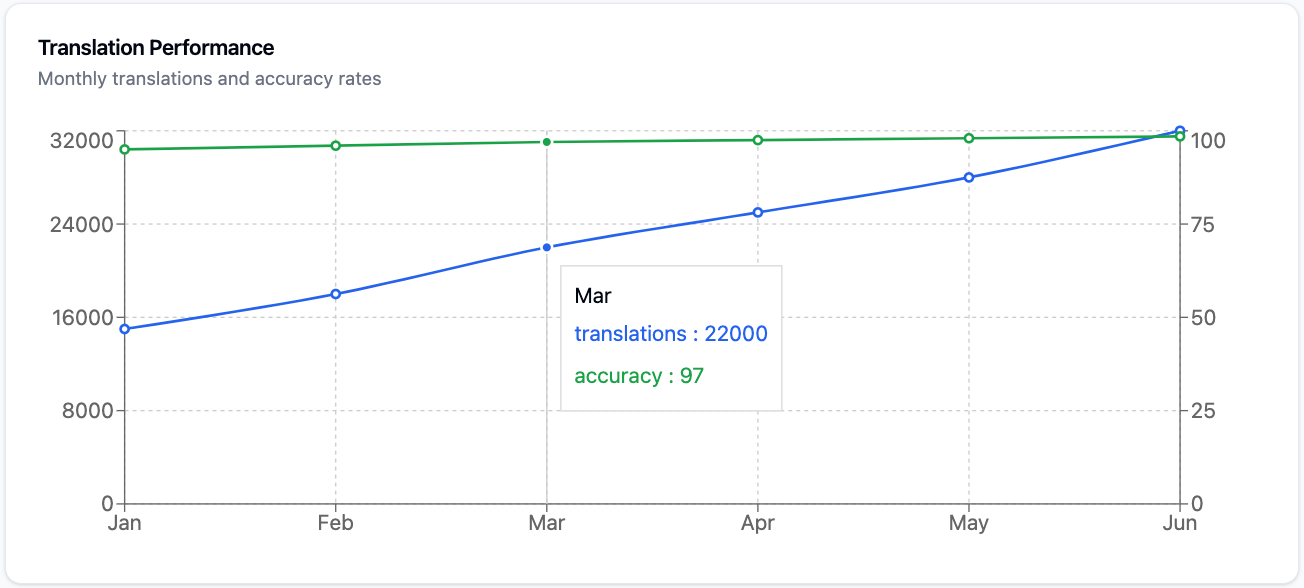How to Create a Multilingual Voice Assistant with Vapi AI
How to Create a Multilingual Voice Assistant with Vapi AI: Breaking Language Barriers
In today’s connected world, the power of AI technologies ensures that language barriers shouldn’t limit access to technology and services. Multilingual voice assistants powered by Vapi AI are the solution to this problem, allowing you to communicate with users across language boundaries. This comprehensive guide will show you how to build a multilingual voice assistant that will transform your global customer engagement.
The Foundation: Why Multilingual Voice Assistants Matter
Before we get into the technical bits, let’s understand the magic of multilingual voice assistants. These AI powered solutions don’t just translate words, they bridge cultural gaps, increase accessibility and create more inclusive user experiences by enhancing customer interactions and operations through the use of voice agents. Whether you operate in multiple regions or serve local communities, a multilingual voice assistant can be your organisation’s digital ambassador.

Building Your Multilingual Voice Assistant: A Step by Step Guide
1. Planning
1.1. Define your goals
-
Identify the languages you want to support based on your user demographics
-
Map out the primary use cases and functionality requirements
-
Determine the success metrics for each language
-
Plan for regional variations and cultural nuances
2. Vapi AI Implementation
1. Get started on Vapi
-
Create a new project in the Vapi dashboard
-
Set up basic settings and authentication
-
Set up dev and prod environments
-
Set up API connections for required services
-
Set up AI voice agents to enhance customer interactions and optimize business operations
Language
Configure language support:
-
Primary and secondary languages based on user needs
-
Voice providers for each language
-
Accent and pronunciation
-
Fallback for unsupported languages
Voice Personality
Create different yet consistent voices across languages:
-
Voice profiles for each language
-
Tone and speaking style to match cultural preferences
-
Speech rate and pitch
-
Brand consistency across languages
2. NLP
Implement NLP:
-
Language detection
-
Intent recognition for multiple languages
-
Entity extraction across languages
-
Context aware responses
3. Testing and QA
Set up a testing framework:
-
Check native speaker testing for each language
-
Accent and dialect testing
-
Cross language testing
-
Cultural testing of responses
Impact
Global Reach
-
Users in their language
-
Regional dialects and accents
-
24/7 multilingual support
-
Language switching
-
Building a supportive community around the tools and resources
User Experience
-
Conversational interactions
-
Cultural awareness in responses
-
Reduced barriers
-
Increased user confidence and trust
Operational Efficiency
-
Multilingual support
-
Reduced translation costs
-
Consistent service
-
Scalable language
Business Intelligence
-
Cross cultural user insights
-
Language specific usage
-
Regional preference
-
Multi market metrics

Examples
Customer Service
Transform your support with:
-
Multilingual ticketing
-
Automated responses
-
Language specific FAQs
-
Cross language knowledge sharing
E-commerce
-
Product support
-
Currency and region aware
-
Cultural preference
-
Local payment methods
Healthcare
Improve healthcare with:
-
Multilingual appointment booking
-
Medical information in local languages
-
Cultural health practices
-
Emergency info
Travel and Tourism
Support global travelers with:
-
Realtime translation
-
Local info in multiple languages
-
Cultural tips and guidance
-
Emergency support
Educational Tools
Learn through:
-
Language practice
-
Pronunciation
-
Cultural exchange
-
Interactive sessions

Tips for Success
-
Start with the most important languages and expand based on demand and performance.
-
Cultural Awareness: Responses should be culturally relevant for each language and region.
-
Regular Updates: Keep language models and responses up to date with language and cultural changes.
-
User Feedback: Collect and incorporate feedback from users across languages.
-
Performance Monitoring: Track language specific metrics to see what needs improvement.
Future Proofing
As you build and deploy your multilingual voice assistant consider:
-
Scalable architecture: Your system should be able to add new languages and features.
-
Content management: Have processes in place for multilingual content updates.
-
Technology advancements: Keep up with voice AI and NLP.
-
User Experience innovation: Always be looking for ways to improve multilingual interactions.
Done
Building a multilingual voice AI assistant with Vapi AI is a big step towards breaking down language barriers and creating more inclusive digital experiences. Follow this guide and keep user needs, cultural awareness and technical excellence in mind and you’ll have a powerful tool to connect with users across languages.
It’s a journey not a destination. Start with a good base, collect user feedback and iterate on your assistant. With quality and cultural awareness your multilingual voice assistant will be a key part of your global comms.
